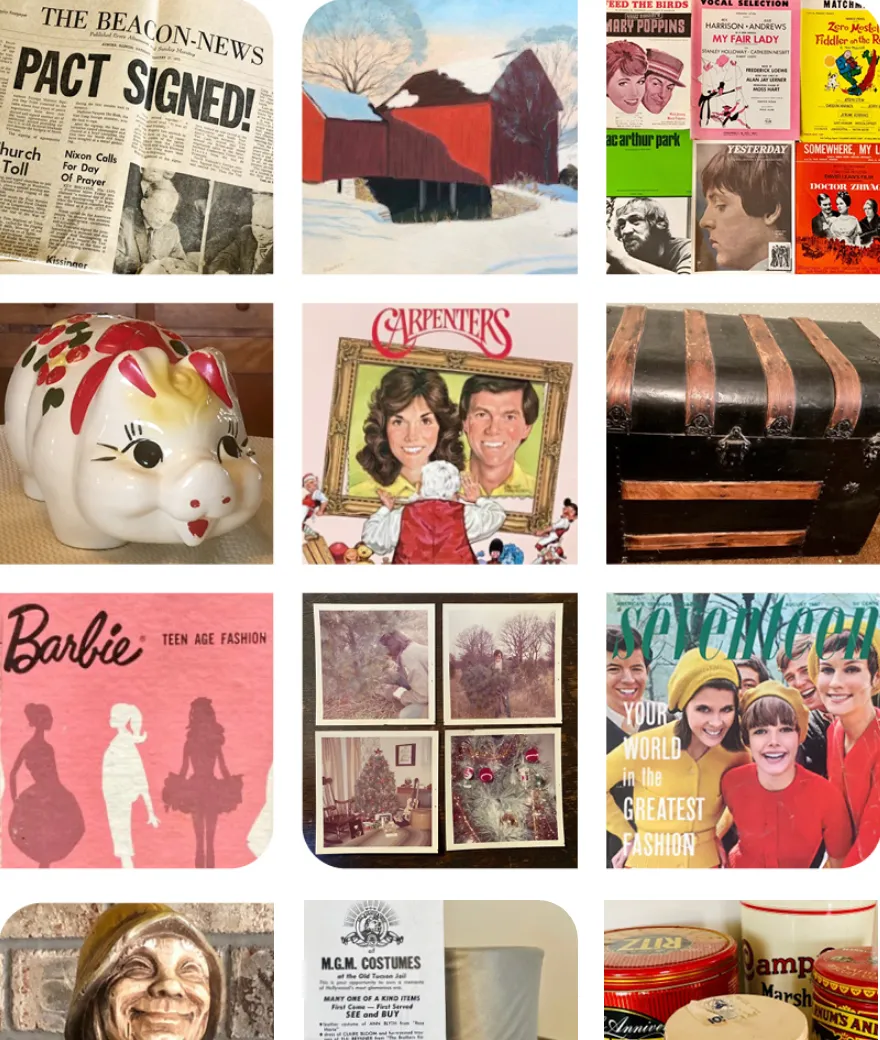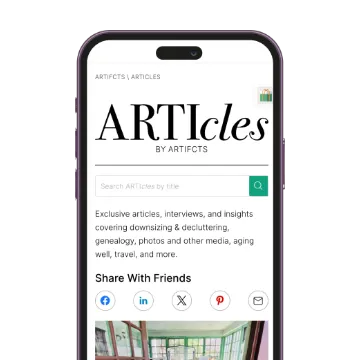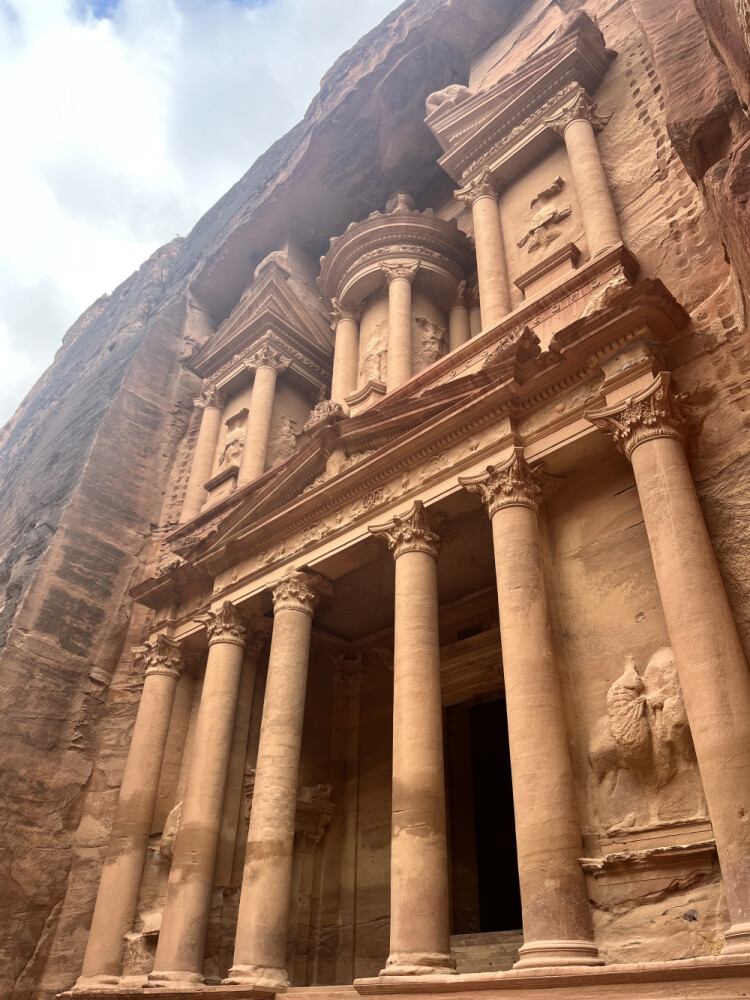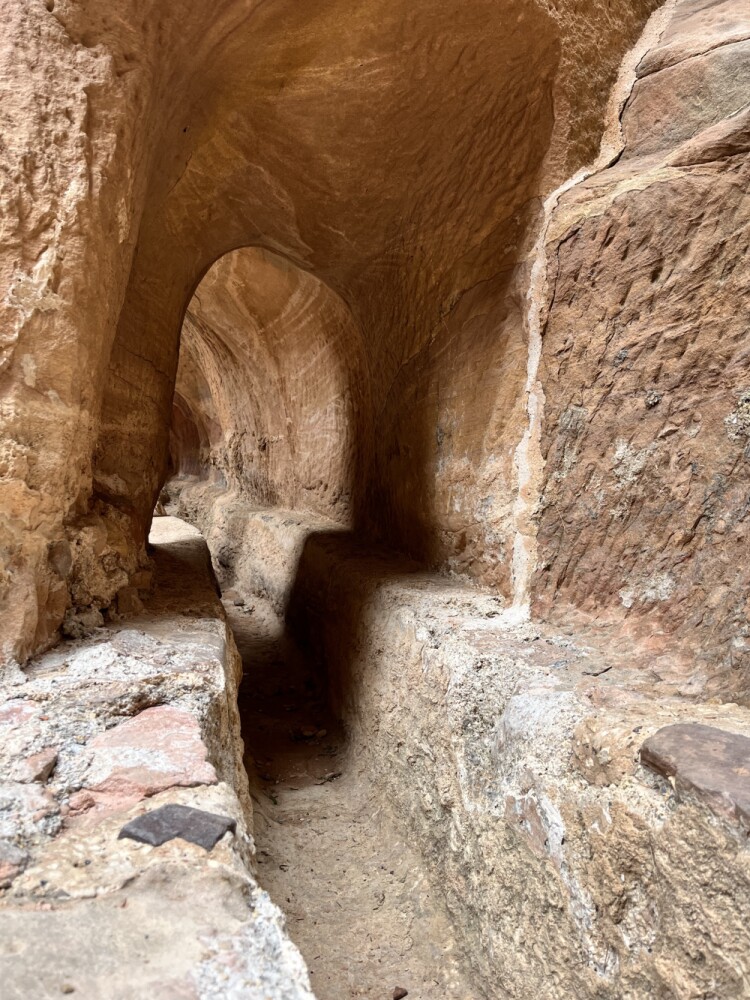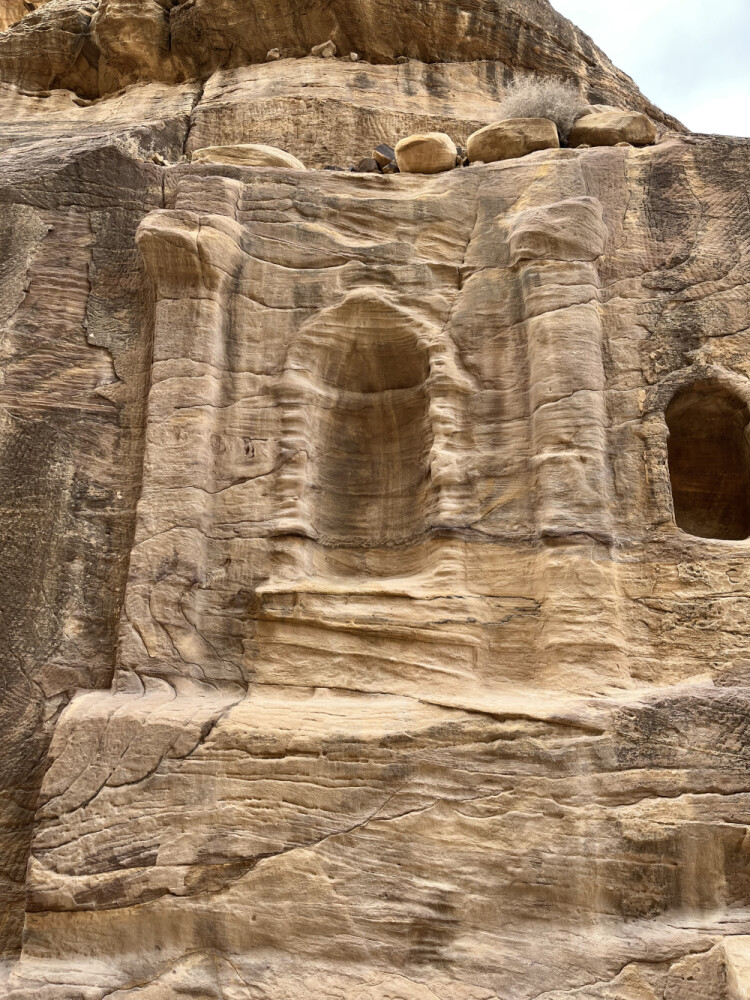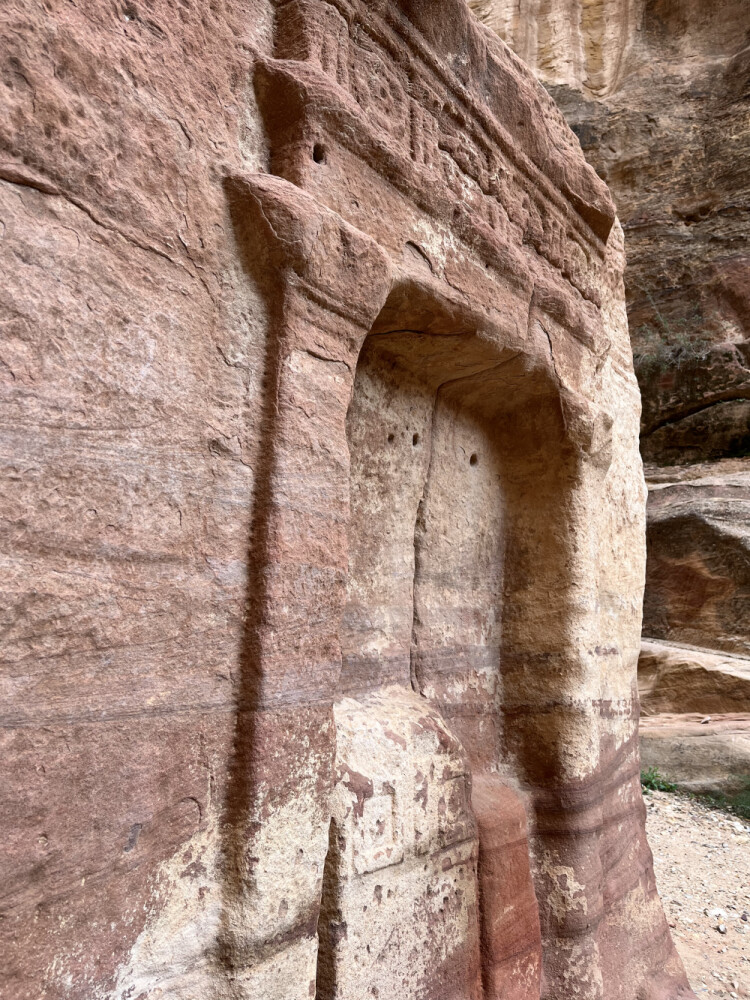If you are a parent, a friend of a parent, neighbor of a parent, or contemplating parenthood, you've probably noticed that sports consume a vast amount of time & energy for parents and child athletes alike not to mention money and storage space for all that gear. And then, they get older, and the equipment larger and more expensive.
We’ve found ways to cope and find the humor in this sporting reality. Surely you've seen bumper stickers like "swim taxi" or heard someone say, "I'll be working from my {barn} office," as Artifcts Co-founder Heather Nickerson often quips as she departs for her daughter's horse riding lessons.
You may already be using Artifcts as your top ally in keeping track of the key moments, good luck tokens, awards, gear, and other memorabilia you can't (yet?) part with.
Inside the World of Swimming 'Stuff'
Today we're focusing on that last bit, the hall of fame worthy gear, but not from a parent. We're pivoting to the sport of swimming and the Texas Swimming & Diving Hall of Fame.
Charles Logan spent the better part of 12 years as the Director of the Lee and Joe Jamail Texas Swimming Center at The University of Texas at Austin. And lucky for all who enjoy the phenomenal Olympic-level center, Logan has long had a passion for collecting swim memorabilia. Much of his collection now resides in frames, glass display cases, and special exhibits at the Texas Swimming & Diving Hall of Fame, with notable contributions from Texas athletes and their families.
To clarify, the stuff resides at the Hall of Fame; until very recently, the stories did not.
Those stories were locked in Charles' memories of a lifetime of collecting and chasing histories. That of course meant that when massive crowds visit the facility for NCAA competitions and championships, Olympic qualifying events, and regular long and short course seasons (not to mention hours and hours and hours of practice) the swim memorabilia left people to wonder, "What is this?” “Why is it here?" and “How does it all connect?” And for all those who never visit the Hall of Fame in person, it’s simply lost history.
Joining forces with Artifcts, the 'stuff' now has stories and is ready and waiting to inform and entertain Hall of Fame visitors and maybe even inspire a whole new generation of swimmers. We invite you to a virtual tour of some of those exhibits on Artifcts!
And if you're visiting the Texas Swimming & Diving Hall of Fame, be on the look out for Aritfcts QR codes sprinkled throughout!

###
Have a space in your life like the Texas Swimming & Diving Hall of Fame making you say, "Hmmm?" Contact us at Hello@Artifcts.com to discuss personal concierge options and non-profit and enterprise support.
© 2022-2024 Artifcts, Inc. All Rights Reserved.
